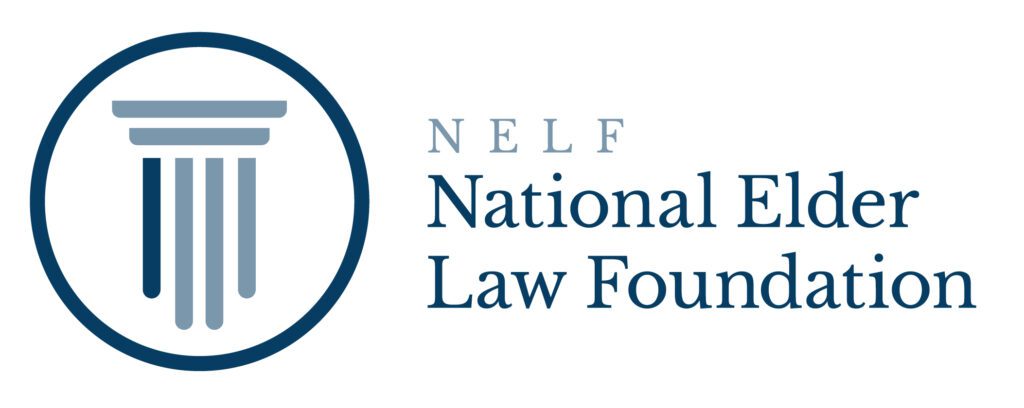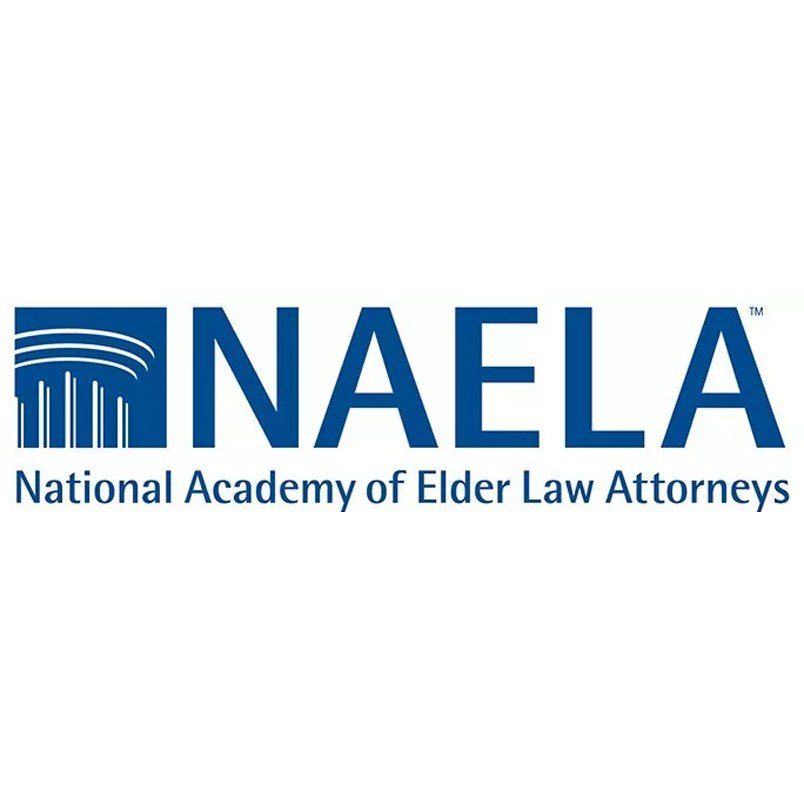A new law, which became effective on January 1, 2020, makes major changes to the rules governing retirement plans. The new law is designed to increase the availability of retirement plans to workers and thus the amount of money that workers are saving in retirement accounts. But it also includes negative tax consequences that will be felt by most non-spouse beneficiaries who inherit an IRA or other retirement plan on the death of the account owner.
The Setting Every Community Up for Retirement Enhancement (SECURE) Act of 2019 changes the law governing retirement plans such as 401(k)s, traditional IRAs, and Roth IRAs. Notable changes made by the SECURE Act include:
Stretch IRAs. This change affects beneficiaries who inherit a retirement plan from an account owner who dies after 2019. Under the old pre-SECURE Act law, designated beneficiaries* who inherited an IRA, 401(k) or similar retirement plan were permitted to spread-out their withdrawals from the account over their own life expectancies. For younger beneficiaries, withdrawals (and income taxes) could thus be deferred for 30 or 40 years or more. During this time the accounts could continue earning income on a tax-deferred basis with only yearly required minimum distributions (RMDs) being taxed. This was referred to as “stretching” the IRA.
Under the SECURE Act most non-spouse beneficiaries will be required to withdraw (and pay tax on) all of the money in the inherited account within 10 years of the death of the account owner. This can create a major income tax problem for beneficiaries of larger retirement plan accounts. (Note that this new 10-year limit only applies to retirement accounts where the account owner dies after December 31, 2019. If you have inherited an IRA from an account owner who died in 2019 or earlier the old pre-SECURE Act rules continue to apply).
Exceptions to the 10-year rule apply if the designated beneficiary is an “eligible designated beneficiary.” This class includes:
- the surviving spouse of the deceased account owner;
- a surviving child of the deceased account owner if the child has not reached the age of majority (but only until the child reaches the age of majority – 18 in Pennsylvania);
- disabled individuals within the meaning of IRC Section 72(m)(7);
- chronically ill individuals within the meaning of IRC Section 7702B(c)(2), with some exceptions;
- individuals who are not more than 10 years younger than the deceased account owner.
The change in the RMD rules can have significant estate planning implications. Of particular concern are plans that use trusts as beneficiaries of retirement accounts. Those trust-based plans need to be reviewed and perhaps revised due to the new law.
Starting Age for RMD Requirement. Under the old law, account owners were required to begin taking minimum distributions from their IRAs beginning the year they reached age 70 ½. Under the new SECURE Act law, individuals who were younger than 70 ½ at the end of 2019 can now wait until age 72 to begin taking minimum distributions. Note: if you turned 70 ½ in 2019 the old law still applies and you still need to withdraw your RMD for 2019. Failure to do so will result in a 50% penalty of your RMD. On the other hand, if you were born on July 1, 1949, or later, you can delay taking RMD withdrawals until age 72.
Update: the Coronavirus Aid, Relief, and Economic Security Act, or the CARES Act, enacted March 27, 2020, waives RMD payments for 2020, including for 401(k)s and inherited IRAs. Speak with your financial advisor for more information on these recent changes in the law.
Withdrawals for Birth and Adoption. The new law allows a withdrawal of up to $5,000 from a retirement account without an early withdrawal penalty in the event of the qualified birth of a child or an adoption of a child under age 18. The withdrawal must be made within one year after the qualifying event. If there are two parents and both have retirement plans, they may each be able to withdraw $5,000. These withdrawals will avoid the penalty for early withdrawal. Generally, the amounts an individual withdraws before reaching age 59½ are subject to an additional 10% early withdrawal tax unless an exception applies.
Employer Incentives. The new law includes increased credits and incentives to encourage small businesses to start a retirement plan and auto-enroll employees. It also makes it easier for small businesses to join multiple-employer plans.
Annuities. The new law removes roadblocks that made employers wary of including annuities in 401(k) plans by eliminating some of the fiduciary requirements used to vet companies and products before they can be included in a plan.
In light of the changes made by the SECURE Act, owners of IRAs and other retirement plan accounts may need to re-evaluate their estate plans. This is especially important if the retirement account is large or if it is payable to a trust. Such trusts may need to be revised to conform to the new rules. If IRAs are part of your estate plan consult with your elder law attorney to determine if you need to make changes.
The SECURE Act makes a number of other changes to the law governing IRAs and other retirement plans. Click here for the House Committee on Ways and Means section by section summary of the new law. The SECURE Act was included as Division O of the massive spending bill H.R. 1865.
* The term “designated beneficiary” means an individual designated as a beneficiary by the account holder (and certain trusts).




